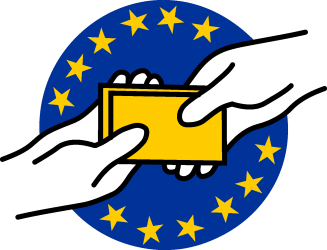In September 2008, the American investment bank Lehman Brothers fell. What followed was a financial crisis of unseen proportions that drew the entire world economy. In order to contain the crisis, central banks were forced to take exceptional measures. Probably the most controversial measure was QE, or quantitative easing: the massive purchase of financial assets with the aim of reducing the long-term interest rate and thus encouraging investment. On December 13, ten years after the outbreak of the Great Financial Crisis, the European Central Bank will in all probability announce that they too will stop their QE program. Time, therefore, to learn from the monetary policy after the crisis and to make an evaluation of ten years of macroeconomic stabilization policy.
This evaluation for Think Tank Minerva by Mattias Vermeiren and Hielke Van Doorslaer, researchers at Ghent University specialized in monetary policy, shows that the QE program of the European Central Bank (ECB) was largely inefficient, due to a lack of flanking expansionary fiscal policy. The defects in the structure of QE itself, however, point the way to a monetary crisis policy adapted to the current economic context: monetary financing of the government, or helicopter money: QE – for the people. Continue reading “QE – for the people? Monetary policy after the Great Financial Crisis”


